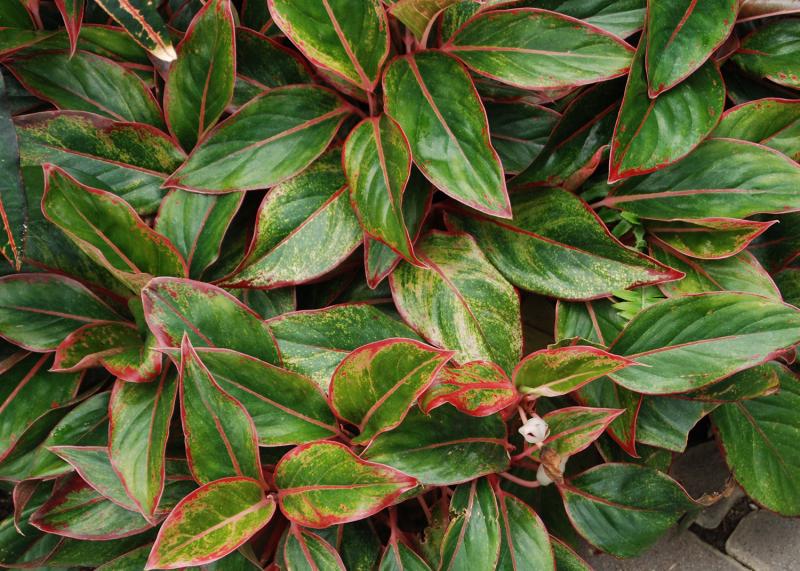Editor’s note: Some indoor plants just aren’t safe if you have pets or small children. While beautiful to behold, many popular genera of houseplants are toxic, whether mildly or severely. Others can cause skin irritation with too much handling. For more information, go to poison.org/articles/plant.
Don’t let a lack of brightly lit windows stop gardening indoors. Include some low-maintenance, low-light houseplants and maintenance strategies to boost success.
Low-maintenance gardening starts with proper plant selection. Match the plant to the growing conditions and gardening style.
ZZ plant is a favorite low-light, low-maintenance plant. See it in hotels and shopping malls where light and care are often limited. Avoid overwatering that can lead to root rot and death of this plant.
Do a bit of searching to find a few of the newer ZZ plant varieties. Zenzi is compact with curled leaves, while Raven has dark, purple-black foliage that contrasts nicely with green and chartreuse leaves of nearby plants.
Peace lily is another popular low-light plant found in a variety of public places. It requires moist soil to thrive, making it the perfect plant for those that tend to overwater. Increase success by mixing organic Wild Valley Farms wool pellets into the potting mix. This sustainable soil additive retains moisture, reducing watering by up to 25 percent. It also adds air space, improving the growing conditions for all indoor plants, and helps reduce the risk of overwatering.
Pothos and philodendron are traditional low-light favorites. New cultivars provide a fresh look to these indoor beauties.
Neon pothos has vibrant neon-green foliage sure to brighten any spot in the home. Pearls and Jade has smaller cream and green variegated leaves. It is slower growing but just as tough as other pothos. Show off their trailing habit in a hanging basket, container displayed on a shelf, or set upon a pedestal.
Find a variety of philodendrons for the indoor garden. Brasil has dark-green, heart-shaped leaves with a golden stripe down the middle. Brandi, another trailing philodendron, has olive-green, heart-shaped leaves with silver splashing. These can be allowed to trail or trained up onto a trellis.
Golden Goddess has larger chartreuse leaves that make a dramatic statement in a home or office. When small, it is great for desks and tabletops, but there will be a need to transition it to a floor plant as it climbs its support, growing up to six feet tall. Or add a subtle touch of orange with Prince of Orange. The new leaves of this shrubby philodendron emerge a coppery orange and eventually age to green. It grows 24 or more inches tall.
The name says it all. Cast iron plant is tough and tolerant of low light and benign neglect. Individual long, strappy leaves sprout from the ground to create a mass of greenery. This growth habit has made it a popular groundcover in milder climates. Variegated varieties with splashes or striping can be difficult to find but add to its beauty.
New varieties of Chinese evergreen have found their way into many garden centers. Their green leaves may have silver highlights like those of Calypso. Cecila and Golden Bay. Or add a bit of red to your indoor garden with Red Gold and Ruby Ray Chinese evergreen.
Low-light indoor plants allow adding greenery where people once thought it was not possible. Their added beauty will help lift spirits, reduce stress, and increase focus while improving indoor air quality.




















































